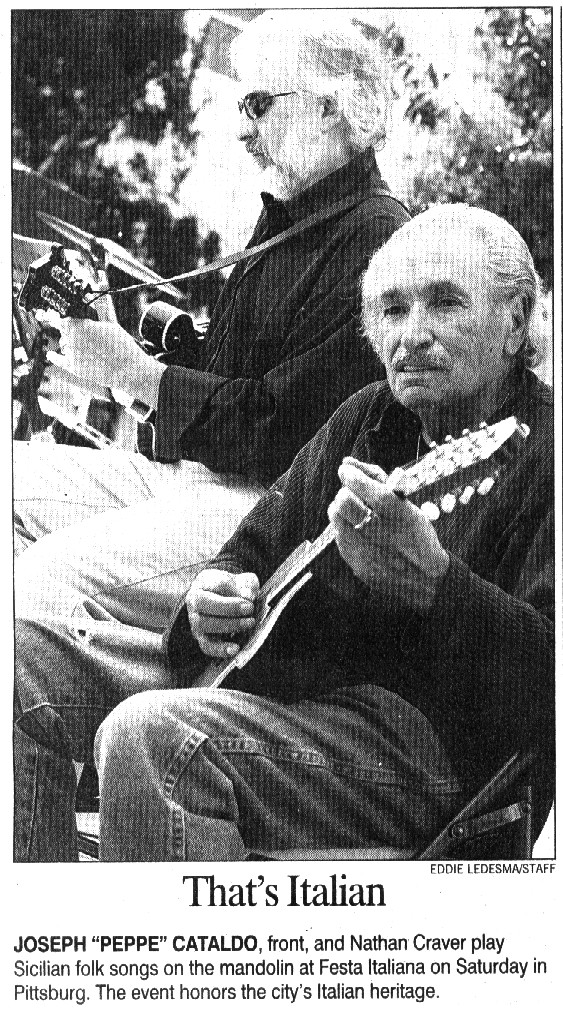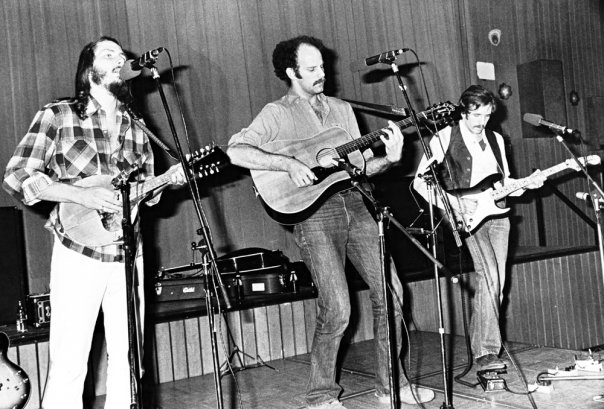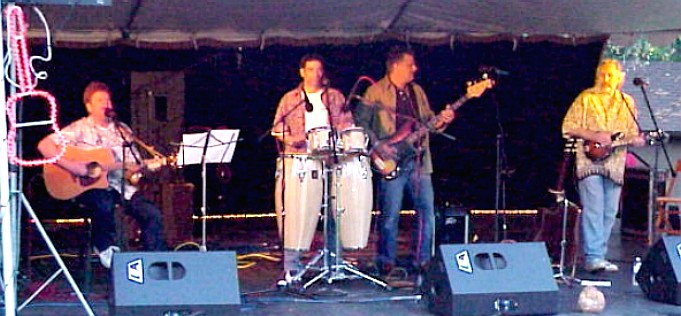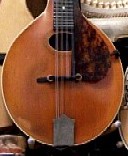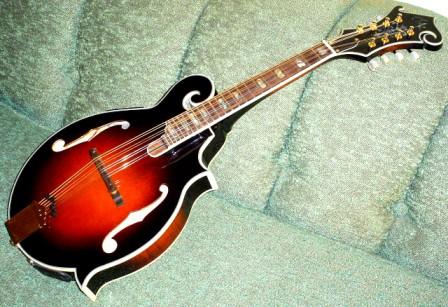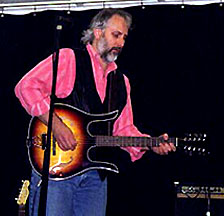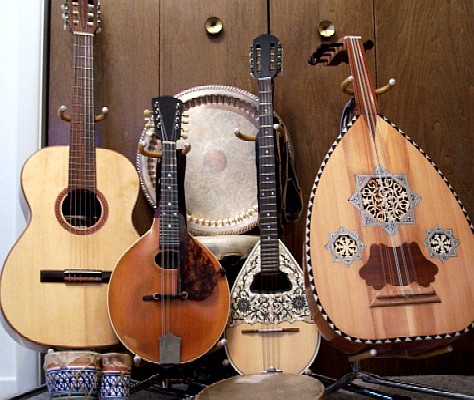Eastern Strings
Musiqa min Al Dunia As-Sharqia ~ Music from the Eastern World
Original Microtonal Music Inspired by Traditional Arabic Maqamat and Iqaat and Other World Music Traditions
by
California Multi-Instrumentalist
Nathan Craver
| About | ~ |
The Eastern Strings Mando Page My journey into the world of the mandolin family - Although I don't remember specifically, I probably first saw a mandolin being played on the 60s TV show, Beverly Hillbillies, by a member of the Foggy Mountain Boys. As folk-rock became popular in the mid-60s and into the 70s, the mandolin began to appear on records by the Band, Rod Stewart, Led Zeppelin, Seals and Crofts, the Grateful Dead, and others. Of course, mandolin was also occasionally featured on Hee Haw! While in high school in the early 70s, I started playing music with classmate and drummer/guitarist, Dan Rieke. I discovered a old bowl-backed mandolin decorating his family room and figured out how to play a few chords on it, even using it on a couple of our early recordings. I met Ezio 'Ace' Gagliardi in a music class at SF State and invited him to play with our band. Ezio not only played keyboards, but also guitar and mandolin, so I picked up some authentic Italian mandolin stylings from him. In 1974, my mom found an old Montgomery Ward mandolin at a garage sale and bought it for me (for about $15, I think). When I started going to San Francisco Folk Music Club gatherings in 1975 I would bring it along and switch between guitar and mandolin as I accompanied various songs. I met singer/songwriter Linda Hirschhorn at the Folk Club in 1976 or so and she invited me to play in a trio with herself and flautist Jaimie Gilchrist called the Soft Connexion. I mostly played guitar (a Martin 00-18 borrowed from her roommate Charlie Fenton) but played the Ward mandolin on a couple of songs. The face of the old Ward mandolin was gradually sinking in, making the strings hit the higher frets as I played certain notes, so I eventually graduated up to a Gibson A model instrument, purchased from fellow Folk Club member Steve Scott (when he moved up to an F model) in 1977. Steve provided a bluegrass influence on my playing, although I never dove too deep into those waters. In 1977, I was invited by Van Rozay, another Folk Club singer/songwriter, to play mandolin and lap steel in his band. I had the Gibson by this time, and amplified it with a little contact microphone that sounded terrible and fed back all the time. On one of Van's songs, called 'The Bigfoot', I even played it through a wah-wah pedal! Van's style was more jazz-influenced country-swing, so I picked up some of that flavor in my playing, too. In 1979, I joined the Toby Mountain Band as a bass player, but I also played mandolin on several songs on our three German tours and a few local shows. I met Brian Walker in the mid-1990s in a creative writing class at Diablo Valley College in Pleasant Hill. We discovered a common interest in music and went on to co-found the Martinez Music Society with his friend Robert Perry. The oddest coincidence, though, was that we both had identical Gibson A model mandolins! Here's a photo of Brian sitting in with Lost Prophets with his mandolin. Rose is playing her Subway longhorn bass and I am playing (or holding) a Washburn acoustic-electric guitar (that I no longer own). I first heard of the mandocello after picking up a couple of albums by Earth Opera, a late-60s folk-rock band featuring Peter Rowan on guitar and vocals and David Grisman on mandocello. In the late 70s, I not only became a big fan of the David Grisman Quintet, but also of Robin Williamson and His Merry Band, and went to see both bands whenever they played locally. The DGQ really pushed the mandolin (and mandocello, especially when Mike Marshall joined) into new territory. Robin, who had played mandolin and many other instruments in the Incredible String Band, also played mandocello quite a bit in his new band. Although the two bands played entirely different styles of music, there was still something 'woody' in the sound of the instruments that connected them (at least in my ears!). My dream of owning a mandocello finally came true in 1999, when I had an electric 10-string instrument custom made by Subway Guitars in Berkeley. Subway builds lots of cool and weird hybrids out of their stock of parts (many from old Danelectro bodies). I found that they had an 8-string mandocello in their catalog and figured if I was going to have one built, I'd have them add an extra pair of strings so I'd have a mandocello and octave mandolin in one! The tuning is C-G-D-A-E, low to high, double unison. My wife also got a matching longhorn bass guitar from Subway. For awhile, I had tried different methods of amplifying the Gibson, but never really found a good way of doing it, so at the end of 2004 I finally decided to look for a mandolin with a built-in pickup system. I did some research and shopped around and finally found a Michael Kelly Legacy FS-E on eBay and received it in January 2005. Mandolin References: More information on various types of mandolins Recordings: Home Run (MP3, 1.6MB), a home multi-track recording circa 1978, on the Gibson. Mandolin Solo 2 (MP3, 5.7MB) from Bijan Solos 1, on the Gibson. Waltz By The Sea (MP3, 7.2MB) from Moondreams, on the Michael Kelly. Storm Clouds (intro) (MP3, 2.7MB) from First One In, on the Subway Mandocello.
